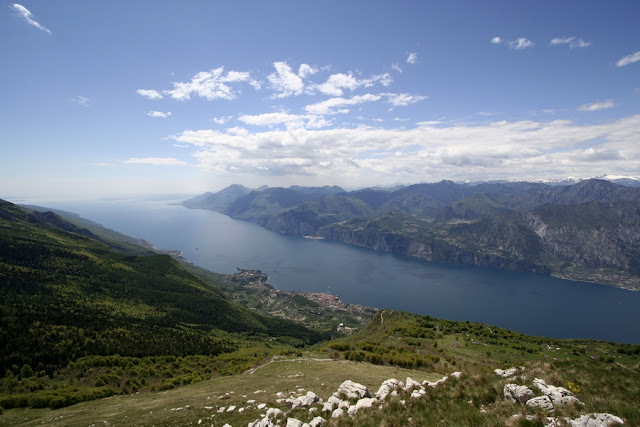This song became popular after Chris Tomlin recorded it for his 2004 album, Arriving. But it wasn't written by Chris Tomlin, but by another American singer-songwriter, Laura Story. She had previously recorded it herself for her own album, Indescribable, in 2002.
Laura was a student at Columbia International University when she met Shane Williams in 1996. They got talking and discovered that they were both involved with an American Christian youth organisation called YoungLife. When Shane realised that Laura was a musician, he invited her to join his band, Silers Bald. It was through this band that Laura discovered her talent, firstly as a vocalist (she joined as a bass player), and then as a songwriter.
Laura left Silers Bald in 2002. Her manager suggested that she should record her own album of the songs she'd written with the band. Laura wasn't convinced - she didn't have the confidence in her own ability as a vocalist, she didn't have enough songs for a whole album, and she was broke. Recording started after God provided her with more songs and more money, but one more song was still needed. According to worship.com, Laura trusted the Lord to provide that last song. The story continues:
Soon after, she was driving down a mountain road, eyes fixed on the majesty of her Creator, when she started worshipping and singing, “Indescribable…uncontainable…You placed the stars in the sky and You know them by name…”. Story added verses on the piano and finished the song while reading God’s own description of His power and might in Job Chapter 38. Her first record was now complete. And considering the road Story had travelled to get to this place, “Indescribable” was the perfect title track.It was a friend of Laura's, another YoungLifer called Ed Cash (co-author of The Splendour of the King, which is also included on Chris Tomlin's Arriving), who suggested that Chris Tomlin should record a cover of Indescribable as a single and for the album. Laura is quoted in the article above as follows:
I remember saying, ‘That song will never work for corporate worship. There’s no way congregations are going to sing that!’ But it’s humbling and amazing to see what the Lord has done. When I was looking for it, I couldn’t find it. When I just started worshipping, He blew me out of the water.As well as the worship.com link above, you can find out more about Laura Story here.
Laura included Indescribable on another of her albums, Great God Who Saves, and you can hear that recording here.
The image above: Monte Baldo: Indescribable by Holger Ejleby is licensed under CC BY-NC-ND 2.0

